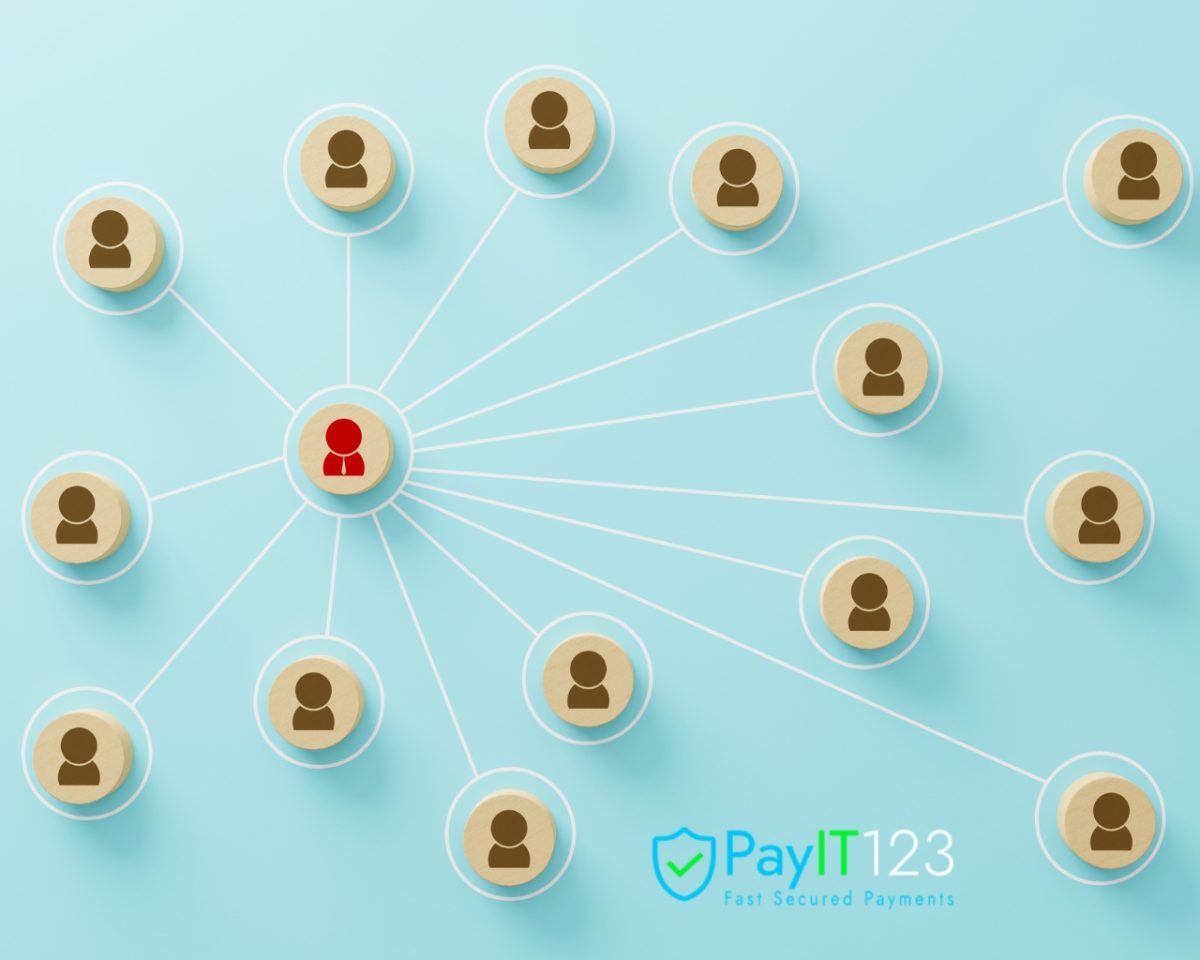Introduction
Digital transformation has led to businesses utilizing APIs to streamline payment processes, automate workflows, enhance customer experience, and ensure secure transactions. This powerful tool allows businesses to create and manage payment links, enhancing the customer experience and efficiency.
What Are Payment Link APIs?
Payment Link APIs are a set of programming interfaces that allow businesses to generate, send, and manage payment links programmatically. These APIs enable seamless integration with existing systems and provide a flexible way to handle payments without manual intervention.
Benefits of Using Payment Link APIs
1. Automation and Efficiency
APIs allow businesses to automate the creation and distribution of payment links. This reduces the time and effort required to manage payments manually, leading to greater operational efficiency.
2. Customization
With APIs, businesses can customize the payment experience to align with their brand and customer preferences. This includes tailoring the look and feel of payment pages and incorporating specific payment options.
3. Scalability
As businesses grow, their payment processing needs become more complex. APIs offer scalability, enabling businesses to handle increasing transaction volumes and expand their payment capabilities effortlessly.
4. Enhanced Security
Payment Link APIs are designed with security in mind. They provide secure endpoints and comply with industry standards for data protection, ensuring that customer payment information is handled safely.
How to Create and Manage Payment Links Through APIs
1. Choose a Reliable Payment API Provider
The first step is selecting a reputable payment API provider with robust features and comprehensive documentation. Providers like Stripe, PayPal, and Square offer widely used and trusted APIs in the industry.
2. Integrate the API with Your System
Once you’ve chosen a provider, integrate the API with your existing systems. This typically involves adding API keys to your application and configuring endpoints for generating and managing payment links.
3. Generate Payment Links
Use the API to generate payment links programmatically. This can be done by sending a request to the API endpoint with the necessary parameters, such as the amount, currency, and payment description. The API will return a unique payment link that can be shared with customers.
4. Distribute Payment Links
Once generated, distribute the payment links to customers via email, SMS, or other digital channels. Automating this process ensures timely delivery and reduces the risk of errors.
5. Track and Manage Payments
Use the API to track the status of payment links and manage transactions. This includes checking whether a payment has been completed, updating payment details, and handling refunds if necessary.
6. Ensure Compliance and Security
Make sure that all transactions comply with relevant regulations and industry standards. Implement security best practices, such as encrypting data and using secure connections, to protect customer information.
Conclusion
APIs enable businesses to streamline payment processes, improve the customer experience, and ensure secure transactions, making them essential tools for staying competitive and meeting customer needs in the fast-paced digital payments world.
#PaymentLinks #APIs #DigitalPayments #Automation #Fintech #Ecommerce #PaymentProcessing #CustomerExperience #SecurePayments #BusinessGrowth

